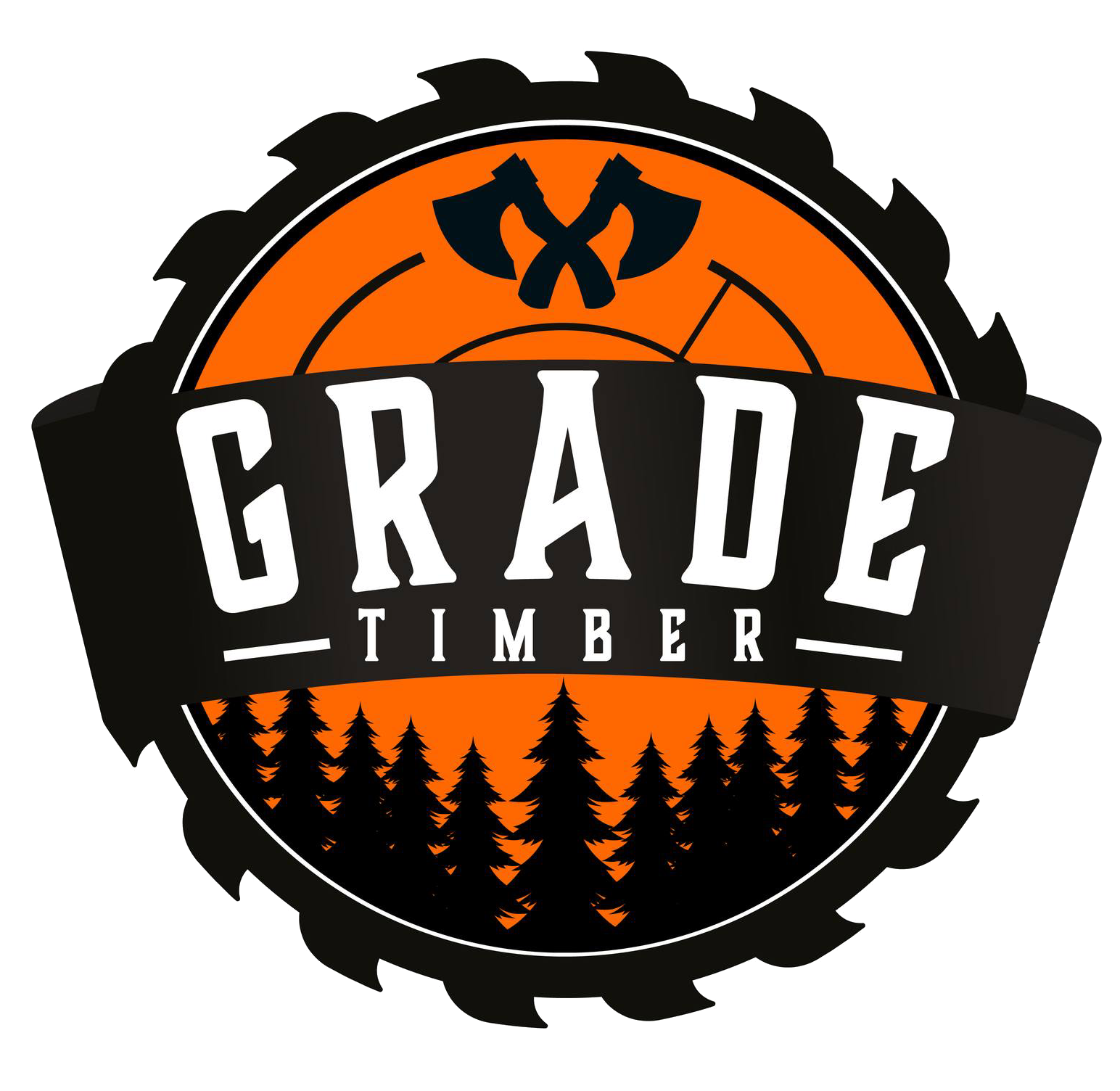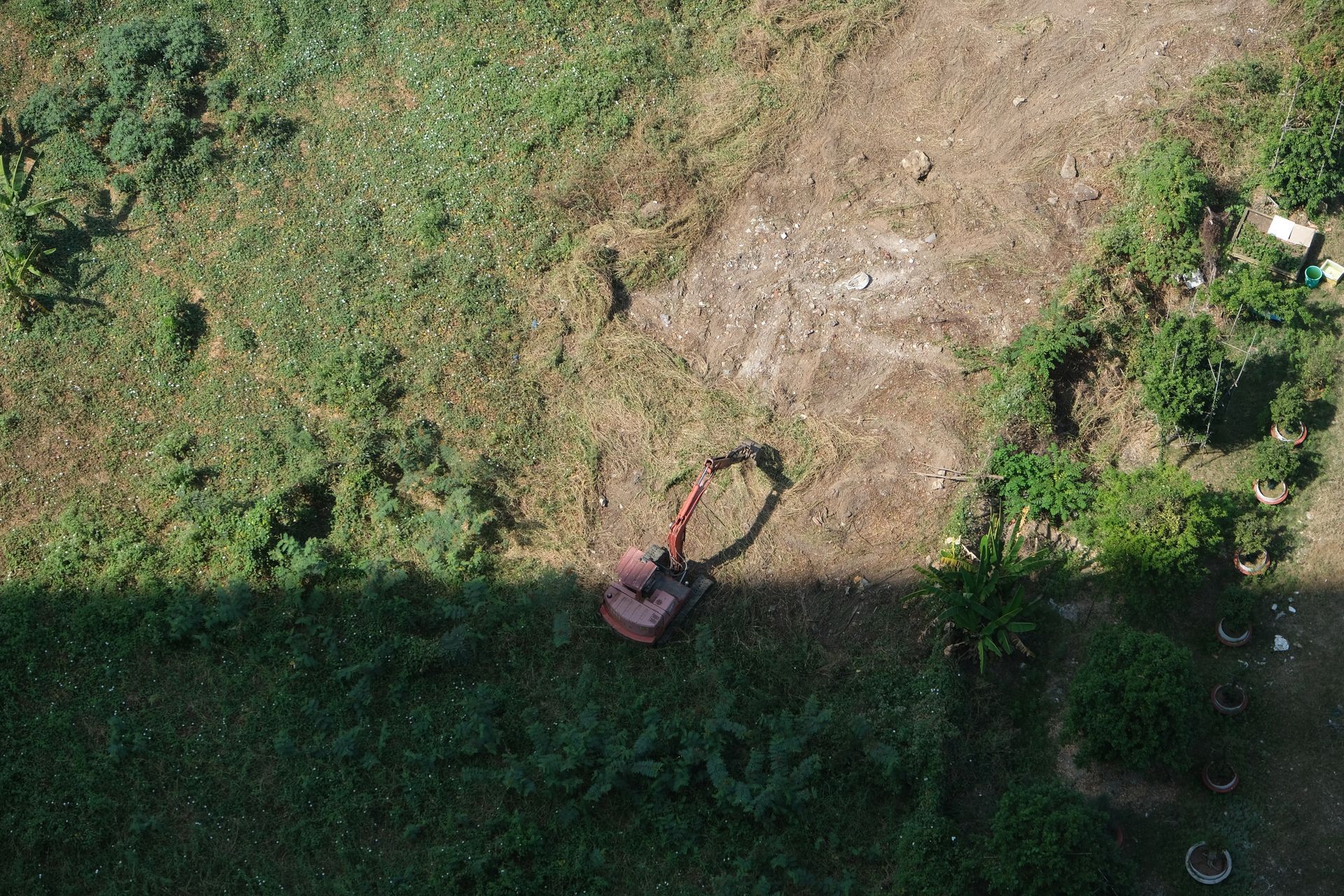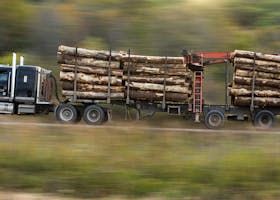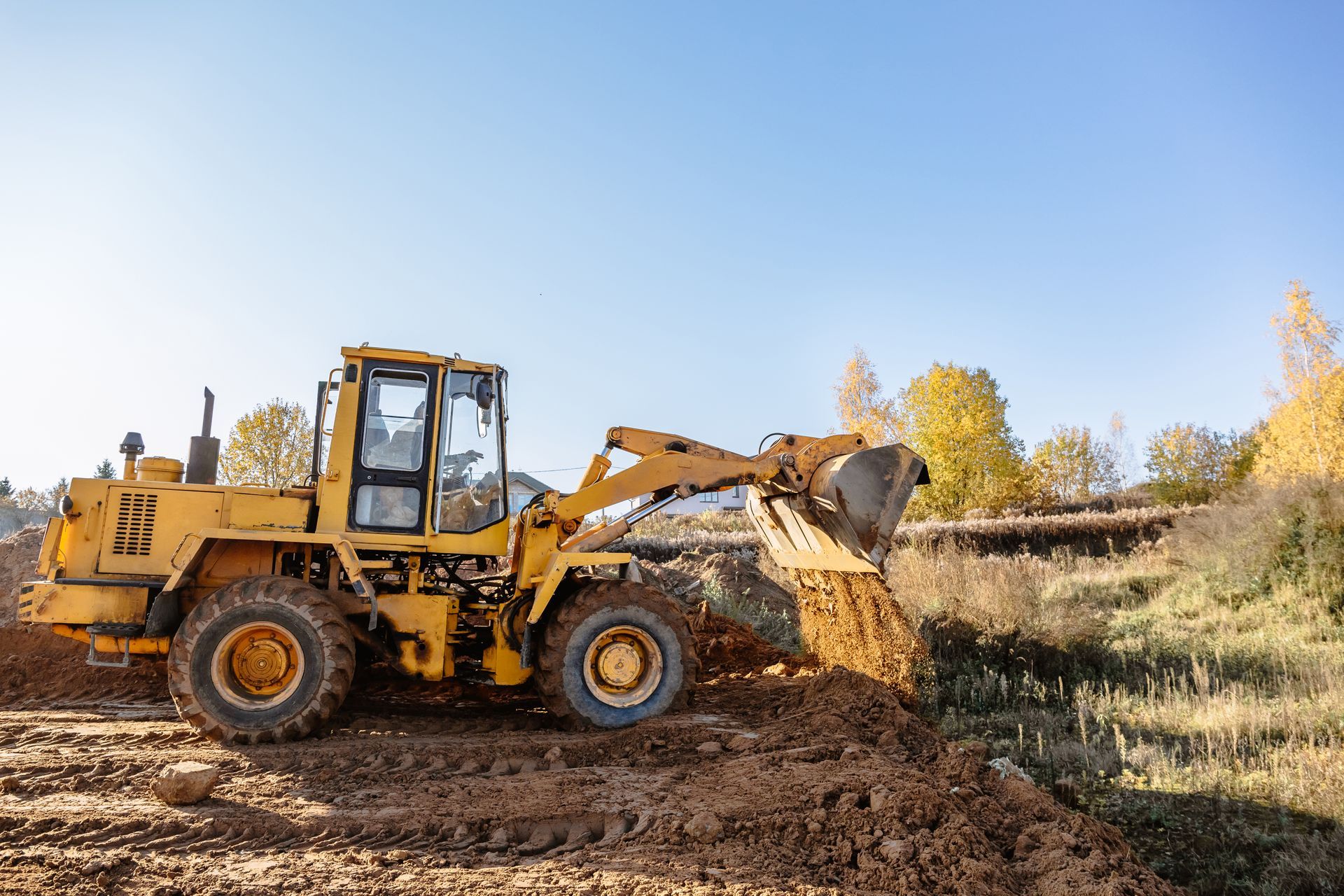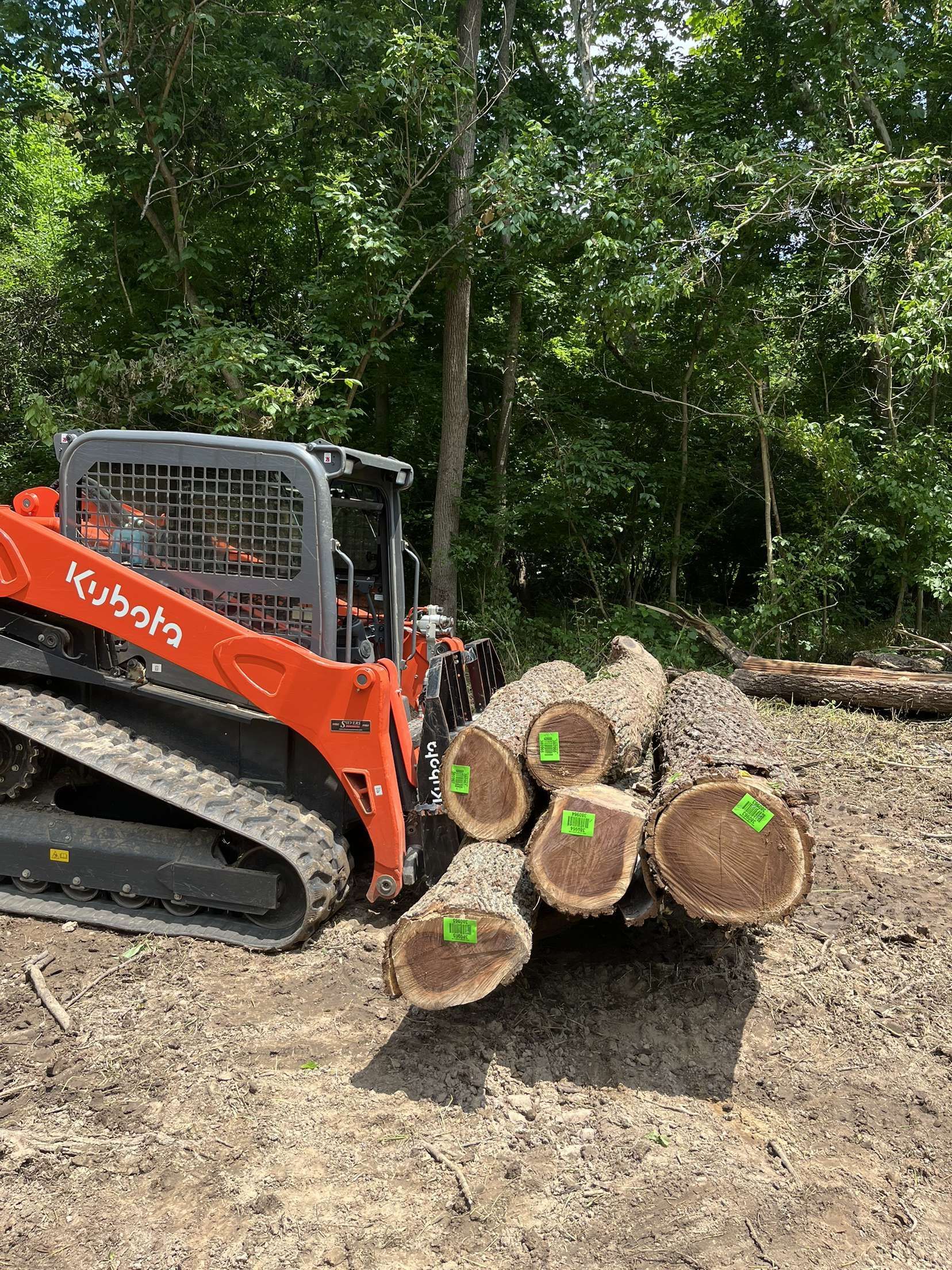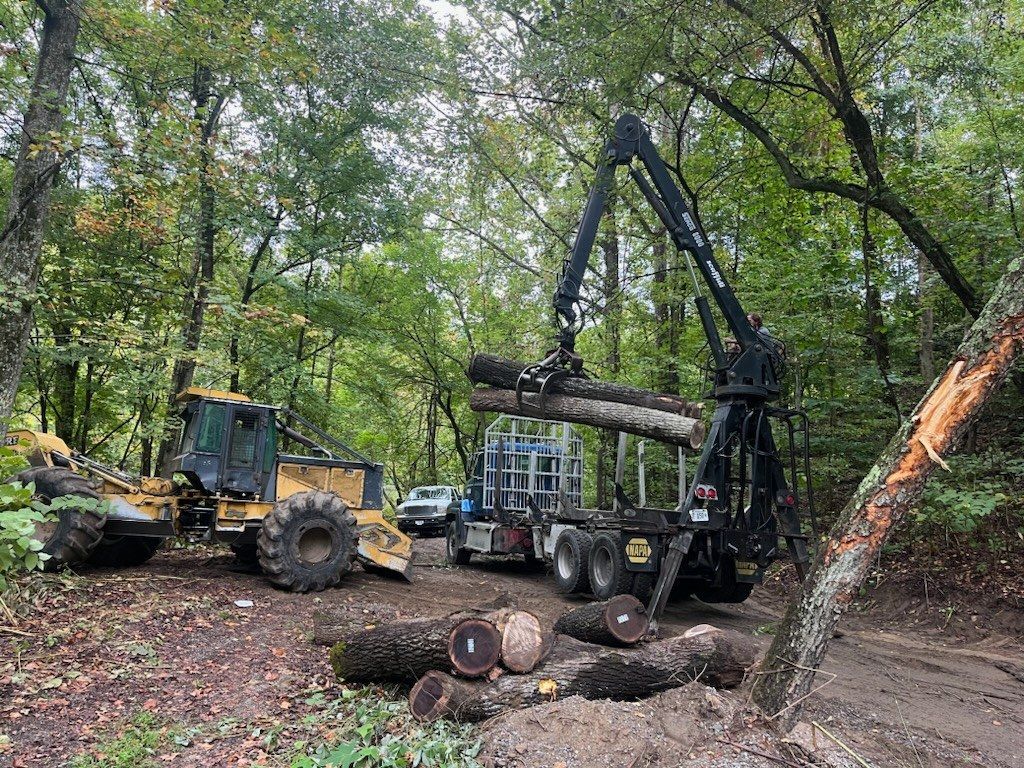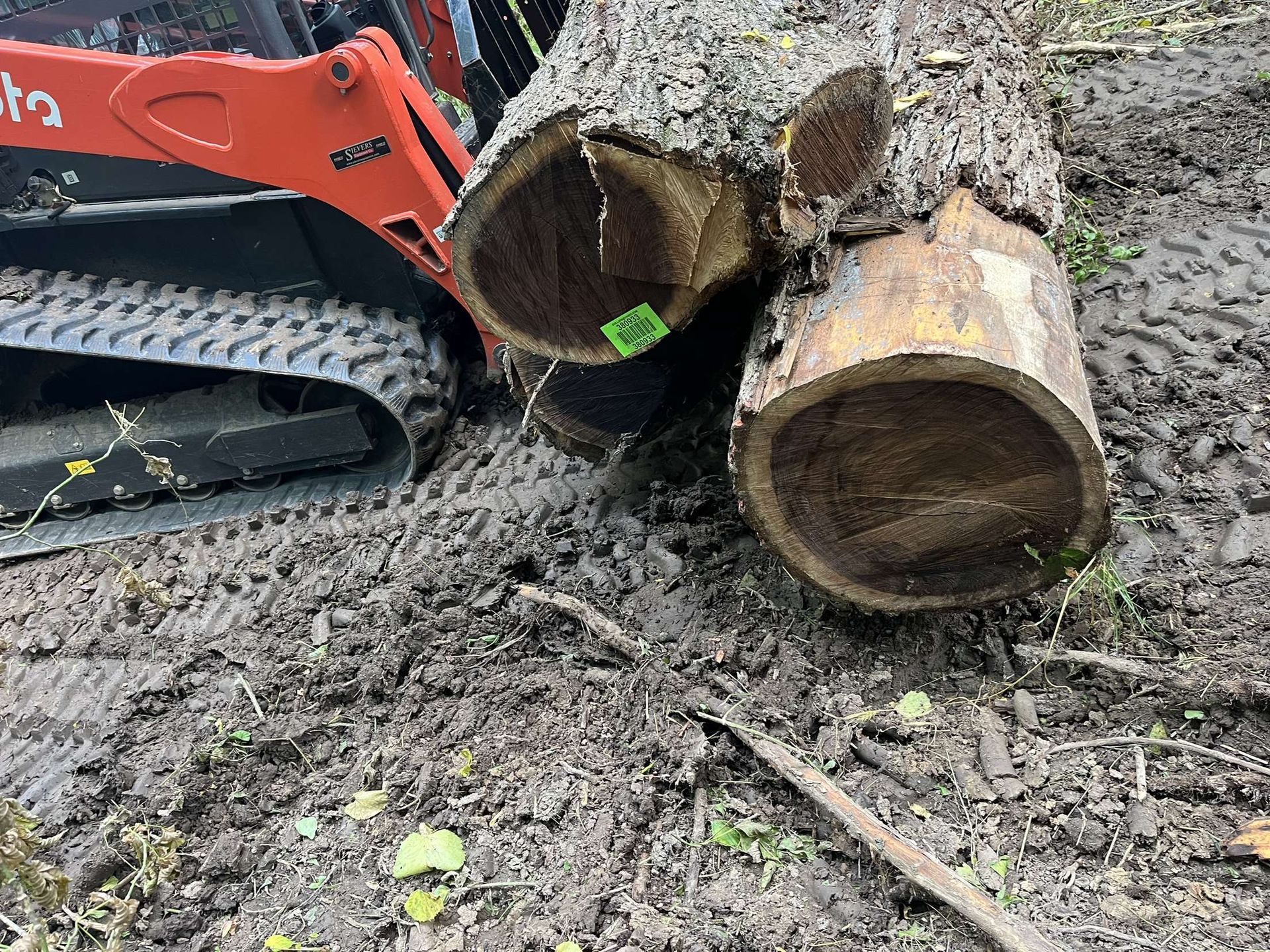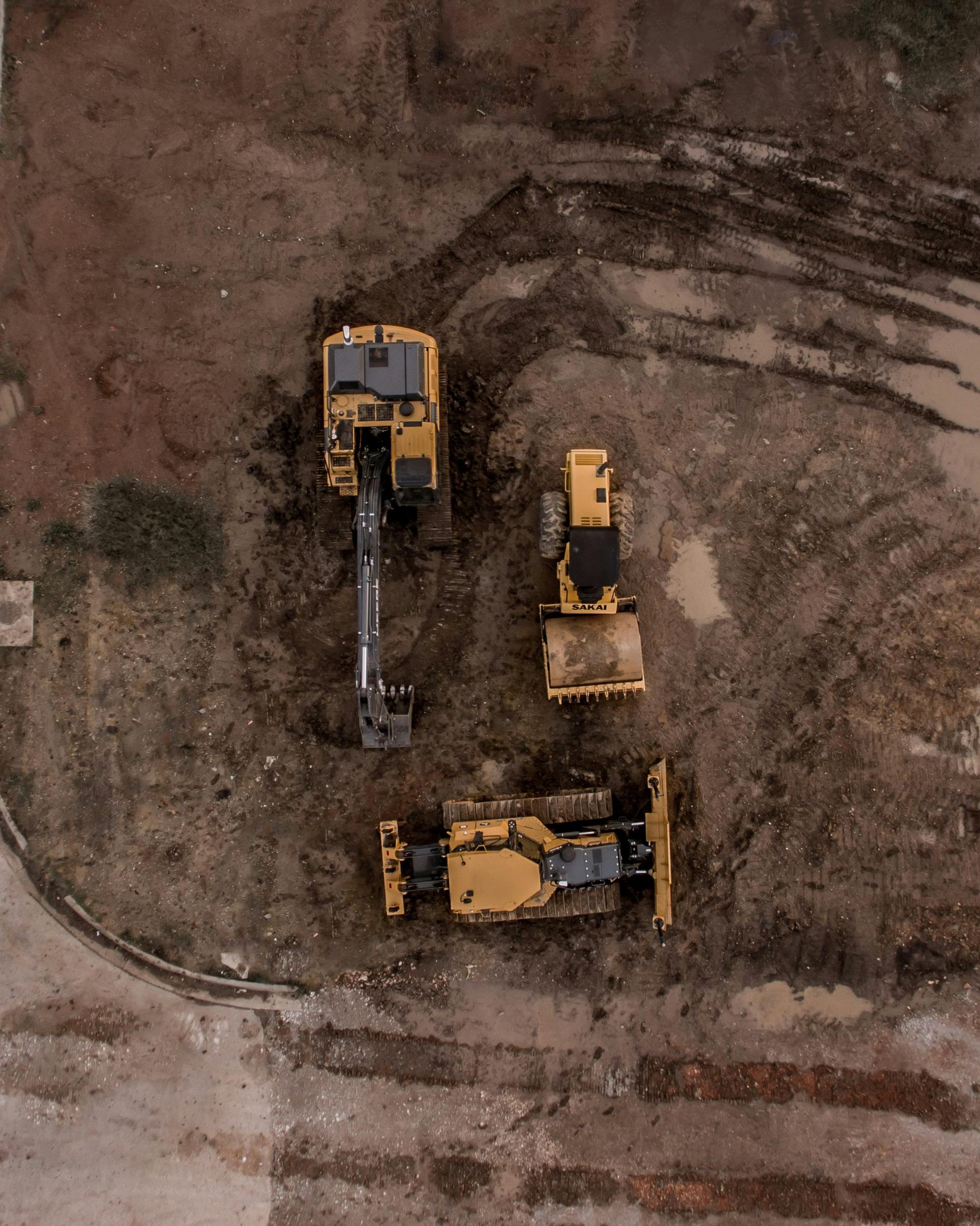Discover Grade Timber: Sustainable Forestry Solutions for Illinois Landowners
Discover Grade Timber: Sustainable Forestry Solutions for Illinois Landowners
In the heart of Illinois, where rolling prairies meet dense woodlands, Grade Timber stands as a beacon of responsible stewardship and innovation in the forestry industry. Founded with a deep-rooted passion for preserving the natural beauty of our state while maximizing the value of its resources, Grade Timber has grown into a trusted name for landowners, farmers, and developers alike. Whether you're a small property owner looking to thin out overgrowth or a large estate manager planning a comprehensive harvest, our team brings decades of expertise to every project.
At Grade Timber, sustainability isn't just a buzzword—it's our core philosophy. We specialize in low-impact timber harvesting, a method that minimizes soil disturbance, protects wildlife habitats, and ensures your land remains productive for generations. Using state-of-the-art equipment and precision techniques, we harvest timber without the heavy footprint of traditional logging. This approach not only complies with Illinois' stringent environmental regulations but also enhances the long-term health of your forest ecosystem. In fact, our recent commitment to low-impact practices has helped clients regenerate faster, with some reporting up to 30% less erosion and quicker regrowth in treated areas.
As we celebrate another year of serving Illinois communities, this blog post dives deep into the full spectrum of services we offer, the high-quality products we sell, and the expansive counties we proudly serve. From logging and land clearing to innovative land management strategies like food plots and trail management, Grade Timber is your one-stop partner for all things forestry. Let's explore how we can transform your land today.
Our Comprehensive Services: Tailored to Your Land's Needs
At Grade Timber, we understand that no two properties are alike. That's why our services are customizable, efficient, and always delivered with the utmost respect for the environment. We handle everything from initial consultations to post-project follow-ups, ensuring seamless results that align with your goals—be it financial returns, habitat improvement, or aesthetic enhancement.
Logging and Timber Harvesting: Precision with a Light Touch
Our flagship service is professional logging, where we excel in both full-scale operations and selective harvesting. For high-value species like black walnut and white oak—Illinois' timber treasures—we offer targeted cuts that maximize your return on investment. But what sets us apart is our emphasis on low-impact timber harvesting. Traditional logging can scar the earth with deep ruts and compacted soil, but our method employs lightweight machinery, directional felling, and GPS-guided planning to reduce ground pressure by up to 50%.
Imagine harvesting mature trees while leaving young saplings untouched, preserving the forest canopy for shade and biodiversity. We use cable yarding systems in sensitive areas to avoid heavy machinery altogether, and our team is certified in Best Management Practices (BMPs) endorsed by the Illinois Department of Natural Resources. Clients in southern Illinois have seen their properties rebound with vibrant understory growth within a single season, turning potential clear-cuts into thriving, multi-use landscapes. Whether you're thinning for health or preparing for development, our logging services deliver quality lumber to mills while safeguarding your soil's fertility.
Land Clearing: Clearing the Way Responsibly
When it comes to land clearing, Grade Timber brings efficiency without excess. We serve both residential and commercial clients, removing brush, stumps, and debris to prepare sites for new construction, agriculture, or recreation. Our low-impact approach shines here too—using mulching attachments on excavators, we grind vegetation on-site, reducing truck traffic and erosion risks. No burning, no hauling away mountains of waste; just clean, ready-to-use land.
From urban lots in Springfield to rural acres near the Mississippi River, we've cleared over 5,000 acres in the past year alone. And for those eco-conscious projects, we integrate habitat corridors into our plans, ensuring cleared areas don't fragment wildlife pathways. It's clearing done right—fast, affordable, and earth-friendly.
Tree Removal: Safe and Swift Solutions
Sometimes, it's not about the forest but the tree. Hazardous leans, storm damage, or unwanted overgrowth? Our certified arborists handle single-tree removals with precision rigging and crane-assisted drops, minimizing risk to structures and surroundings. We recycle what we remove, turning limbs into mulch or firewood, and always prioritize safety with full insurance coverage.
In counties prone to severe weather like Macoupin or Madison, our rapid-response team has saved properties from further damage post-storm. Tree removal isn't just a service—it's peace of mind.
Timber Buying: Fair Deals for Your Standing Assets
Why let valuable timber rot when you can turn it into profit? As top timber buyers in Illinois, Grade Timber purchases standing walnut, oak, and other hardwoods directly from landowners. We appraise on-site, negotiate transparently, and coordinate harvests to your timeline. Our buyers have deep connections with regional mills, ensuring premium prices—often 20-30% above market averages for veneer-grade logs.
We've helped hundreds of families in central Illinois convert timber sales into college funds or farm upgrades. It's a win-win: you get cash, and we supply sustainable wood to industries building everything from furniture to flooring.
Land Management: Holistic Care for Thriving Ecosystems
Beyond harvesting, Grade Timber offers full-spectrum land management to keep your property productive and picturesque. We craft personalized plans that blend forestry science with your vision, focusing on soil health, biodiversity, and recreation.
A key pillar of our land management is food plots. These nutrient-rich patches attract deer, turkey, and other game, boosting wildlife populations and providing year-round forage. We select sites based on soil tests, plant species like clover, brassicas, and grains tailored to your region's climate, and maintain them with low-till methods to preserve topsoil. In Pike County, one client saw a 40% increase in deer sightings after our food plot installations, turning their acreage into a hunter's paradise.
Equally important is trail management, where we design, build, and maintain paths for hiking, ATV use, or equestrian access. Using permeable materials and erosion-control features, our trails withstand Illinois' wet springs without washing out. We incorporate wildlife viewing spots and native plant buffers, creating low-maintenance networks that enhance property value and usability. For estate owners in Sangamon County, our trail systems have become the highlight of family gatherings and eco-tours.
Our land management also includes invasive species control, reforestation planting, and wetland restoration— all executed with low-impact tools to avoid disturbing established habitats. It's proactive care that prevents problems, ensuring your land yields benefits for decades.
With these services, Grade Timber doesn't just manage land; we cultivate legacies.
Our Products: Equipping You for Success
Grade Timber isn't just a service provider—we're your go-to source for premium forestry products. As the authorized dealer for Tajfun USA in Illinois, we stock a curated lineup of equipment designed for professionals and hobbyists alike. Built in Slovenia with American durability in mind, Tajfun gear is engineered for efficiency, safety, and minimal environmental impact—perfect for aligning with our low-impact ethos.
Here's a spotlight on our top sellers:
- Logging Winches: Powerful Tajfun winches haul trees uphill or across uneven terrain without soil compaction. Ideal for steep slopes in southern Illinois, they save time and fuel while protecting root zones.
- Firewood Processors: From compact models for small operations to heavy-duty units processing 50 cords per day, these machines cut, split, and bundle with hydraulic precision. Great for landowners turning harvest byproducts into sellable fuel.
- Heavy-Duty Log Splitters: Tajfun's kinetic splitters handle knots and crooks that stump lesser tools, producing clean splits for sale or home use. Users report 2x faster output with half the effort.
- Cranes and Grapple Systems: For safe lifting in tight spaces, our knuckleboom cranes pair with rotating grapples to load logs efficiently. Low ground pressure tires ensure they tread lightly on your land.
- Skidders and Log Handlers: Forwarders and processors move timber without dragging, reducing rutting. Our models integrate with GPS for precise yard placement.
- Chipper Machines: Turn branches into valuable mulch or biomass fuel on-site, cutting disposal costs and creating revenue streams.
- Trailers and Forestry Information Systems: Haul equipment effortlessly with rugged trailers, and track your operations with Tajfun's digital software for inventory and yield analytics.
We also carry accessories like chainsaw mills and protective gear. All products come with expert training, financing options, and a network of service techs across the state. Whether outfitting a startup logger in Beardstown or upgrading a fleet in Decatur, our inventory empowers you to work smarter, not harder.
Serving Every Corner of Illinois: Your Local Experts
Grade Timber's reach is as vast as the Prairie State itself—we serve every county in Illinois, from the urban buzz of Cook to the quiet farmlands of Alexander. Headquartered in Beardstown (Cass County), we're strategically positioned to respond quickly, with satellite support in Jacksonville (Morgan County) and Jefferson County hubs.
In central Illinois, counties like Sangamon, Macon, and Christian rely on us for walnut harvests and food plot setups amid cornfields. Southern Illinois—think Madison, St. Clair, and Union—benefits from our expertise in flood-prone bottomlands, where low-impact clearing prevents siltation in the Kaskaskia River.
Northern counties such as McHenry and Lake call on our tree removal for suburban lots, while western edges like Pike and Calhoun see thriving trail management for Mississippi bluffs. Even Chicago's collar counties get our land clearing for green infrastructure projects.
No matter the ZIP code, our team travels with flat-rate consultations and competitive pricing adjusted for local markets. We've logged miles equivalent to circling Lake Michigan 10 times this year alone, all to bring Grade Timber's promise to your doorstep.
Why Choose Grade Timber? A Commitment to Excellence
In an industry often criticized for short-term gains, Grade Timber chooses the long view. Our low-impact harvesting isn't just sustainable—it's regenerative, fostering forests that sequester carbon and support Illinois' $1.2 billion timber economy. We're licensed, insured, and partnered with the Illinois Forestry Association, ensuring every job meets or exceeds standards.
Landowners like you have shared stories of transformed properties: a Jacksonville farmstead now buzzing with pollinators thanks to our food plots, or a Jefferson County estate crisscrossed with durable trails for legacy hunts. These aren't hypotheticals—they're the Grade Timber difference.
Ready to elevate your land? Contact us today for a free assessment. Whether it's a selective cut, equipment upgrade, or full management plan, we're here to harvest success—gently.
